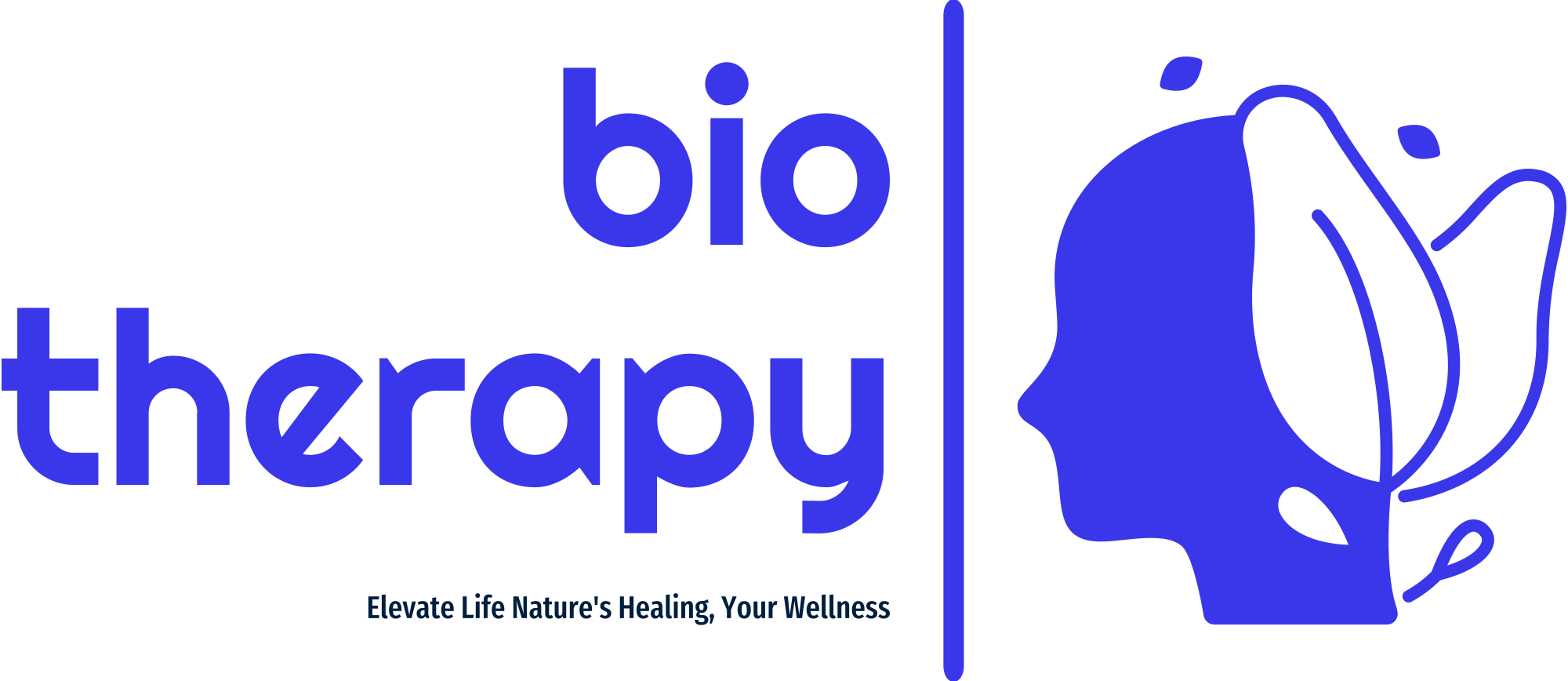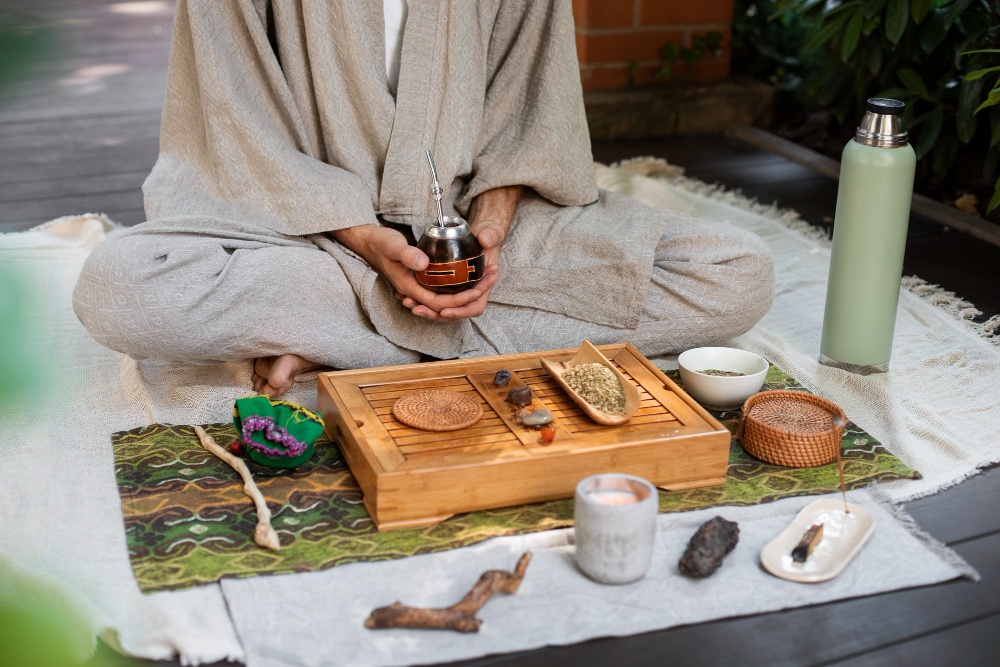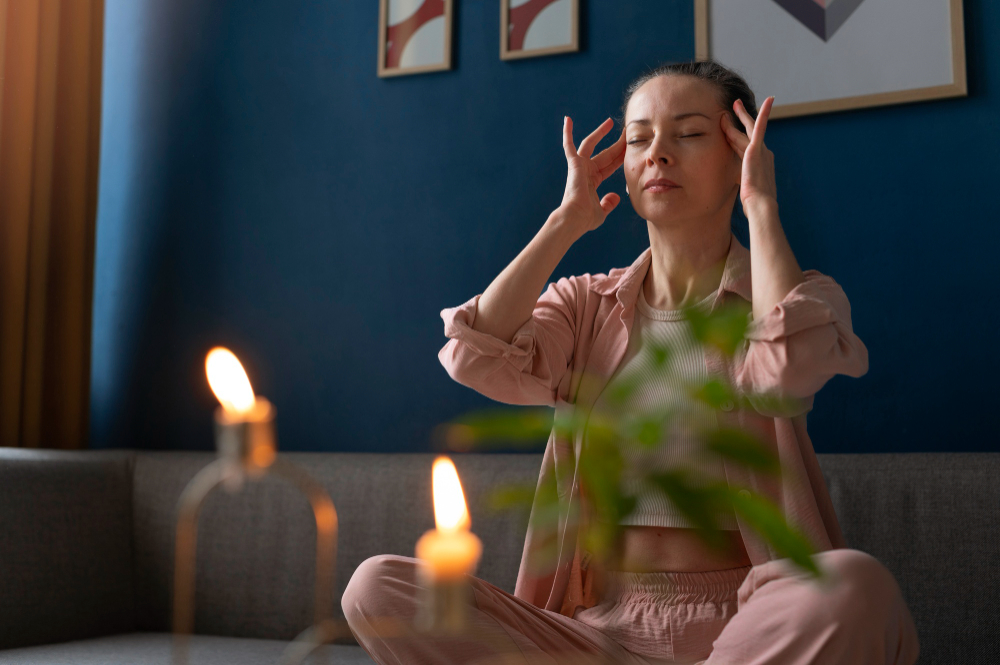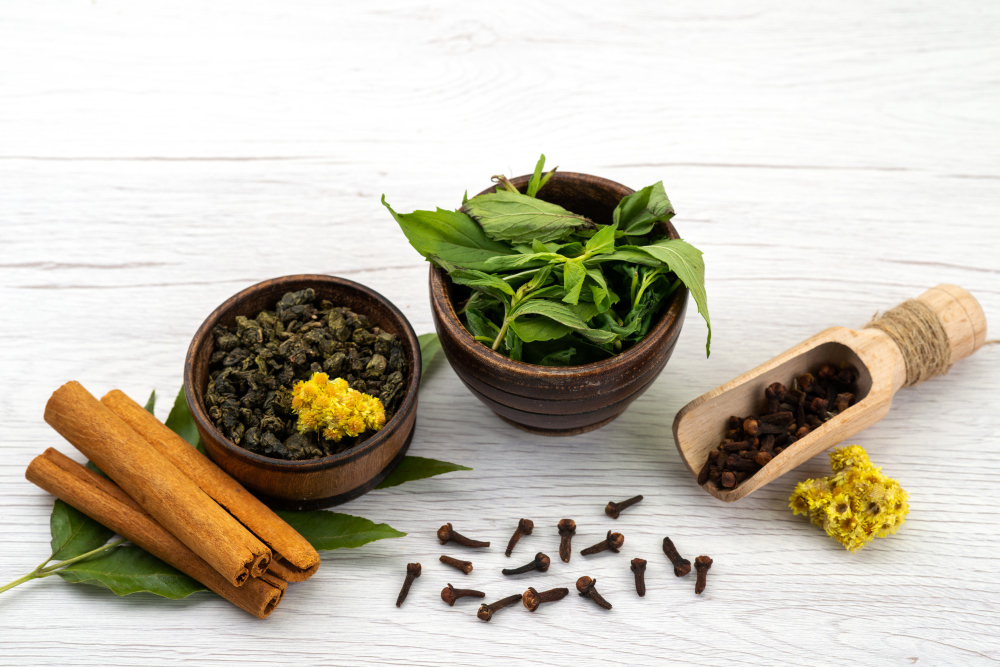
In the fast-paced world we live in, emotional resilience has become a crucial skill for navigating life's challenges. Defined as the ability to bounce back from adversity, emotional resilience empowers individuals to face difficulties with strength and grace. One innovative and effective way to enhance emotional resilience is through the creation of art. This article explores the intricate connection between art and emotional well-being, delving into the therapeutic power of artistic expression and providing practical insights on incorporating art into one's life.
I. Introduction
A. Definition of Emotional Resilience
Emotional resilience is the capacity to adapt and recover from setbacks, stress, or adversity. It involves maintaining mental well-being despite life's inevitable ups and downs.
B. Importance of Emotional Resilience
In today's unpredictable world, emotional resilience is not just a desirable trait but a necessity. It equips individuals to navigate challenges, fostering mental and emotional strength.
C. Connection between Art and Emotional Resilience
Art serves as a powerful tool for emotional expression and self-discovery. Engaging in artistic activities can contribute significantly to building emotional resilience.
II. The Therapeutic Power of Art
A. Art as a Form of Expression
Art provides a unique channel for expressing emotions that might be challenging to convey verbally. It allows individuals to communicate complex feelings through images, colors, and shapes.
B. Psychological Benefits of Creating Art
Numerous studies highlight the positive impact of art on mental health. Engaging in artistic activities can reduce stress, alleviate anxiety, and contribute to overall emotional well-being.
C. Case Studies on Art and Emotional Resilience
Real-life examples of individuals using art as a therapeutic tool underscore its effectiveness in promoting emotional resilience. Case studies provide insights into the transformative power of artistic expression.
III. How Art Influences Mood
A. Impact of Colors and Shapes
Colors and shapes in art can evoke specific emotions. Understanding the psychology behind these elements enables individuals to create art that resonates with their emotional state.
B. Personalized Art and Emotional Connection
Creating art that holds personal significance enhances the emotional connection. Whether through symbolism or personal narratives, personalized art becomes a powerful tool for self-reflection.
C. Artistic Techniques for Emotional Expression
Various artistic techniques, such as abstract expressionism or narrative art, offer diverse ways to express and explore emotions. Experimenting with different techniques can be a therapeutic journey.
IV. Engaging in Art for Emotional Well-being
A. Finding Your Artistic Outlet
Discovering the right artistic outlet is crucial. Whether it's painting, writing, or sculpting, individuals should explore different forms of art to find what resonates with them.
B. Incorporating Art into Daily Routine
Integrating art into daily life doesn't require hours of dedication. Small, consistent artistic practices can have a significant impact on emotional well-being over time.
C. Community and Art for Mutual Support
Joining art communities provides a supportive environment for individuals on their artistic journey. Sharing experiences and creations fosters a sense of connection and mutual encouragement.
V. Overcoming Challenges Through Art
A. Addressing Stress and Anxiety
Art can be a constructive way to address stress and anxiety. The act of creating art engages the mind, providing a temporary escape from daily pressures.
B. Art as a Coping Mechanism
Individuals facing adversity often turn to art as a coping mechanism. The process of creation and the tangible outcome contribute to a sense of control and accomplishment.
C. Stories of Individuals Triumphing Over Adversity Through Art
Inspiring stories of individuals who have overcome significant challenges through art serve as testaments to the resilience-building power of creativity.
VI. Art Therapy Techniques
A. Professional Art Therapy
Professional art therapy, guided by trained therapists, offers a structured approach to using art for emotional healing. It can be especially beneficial for individuals dealing with trauma or deep-seated emotions.
B. Self-Guided Art Therapy Practices
Self-guided art therapy involves personal exploration of emotions through art. Simple exercises, such as keeping an art journal, can be powerful tools for self-discovery and healing.
C. Combining Art with Mindfulness
Integrating mindfulness practices with art enhances the therapeutic experience. Mindful art creation focuses on the present moment, fostering a deeper connection between the individual and their artistic expression.
VII. Creating a Personalized Art Space
A. Importance of a Dedicated Art Space
Having a dedicated space for artistic endeavors creates a conducive environment for creativity. It signals a commitment to self-care and personal expression.
B. Tips for Setting Up an Inspiring Art Corner
Creating an inspiring art corner doesn't require elaborate setups. Simple tips on organizing art supplies and personalizing the space can make a significant difference in the creative process.
C. How Environment Affects Emotional Well-being
The physical environment plays a role in emotional well-being. A well-organized and aesthetically pleasing art space contributes to a positive and inviting atmosphere.
VIII. Art and Mindfulness
A. Incorporating Mindfulness in Art Creation
Mindfulness in art involves being fully present during the creative process. Focusing on the sensations, thoughts, and emotions that arise enhances the therapeutic benefits of art.
B. Mindful Observation of Art
Engaging in art doesn't always involve creating; observing and appreciating art mindfully can also contribute to emotional well-being. Visiting galleries or creating a personal art collection can be fulfilling.
C. Art as a Meditation Practice
For some, creating art becomes a meditative practice. The rhythmic and repetitive nature of certain artistic activities induces a meditative state, promoting relaxation and mental clarity.
IX. Art and Positive Psychology
A. Relationship Between Art and Positive Emotions
Art has the power to evoke positive emotions such as joy, inspiration, and gratitude. Incorporating uplifting themes in artistic creations contributes to overall emotional well-being.
B. Elevating Mood Through Creative Activities
Engaging in creative activities, even in small doses, can elevate mood and contribute to a positive outlook on life. Artistic expression becomes a tool for cultivating optimism.
C. Scientific Findings on Art's Impact on Positivity
Scientific studies support the notion that engaging in artistic activities triggers the release of neurotransmitters associated with pleasure and happiness, contributing to improved mood.
X. Case Studies on Artistic Resilience
A. Stories of Artists Overcoming Challenges
Exploring the journeys of artists who have faced and conquered adversity through their art provides inspiration and insight into the transformative power of creativity.
B. Artistic Projects Focused on Resilience
Communities and organizations often initiate artistic projects centered around resilience. These projects not only showcase creativity but also foster a sense of collective strength.
C. Lessons Learned from Artistic Journeys
Extracting valuable lessons from artistic journeys emphasizes the learning aspect of overcoming challenges through creativity. These lessons can be applied to various aspects of life.
XI. Promoting Emotional Resilience in Children Through Art
A. Importance of Introducing Art at a Young Age
Early exposure to art nurtures emotional intelligence in children, laying the foundation for emotional resilience later in life.
B. Art Activities for Children's Emotional Well-being
Simple and age-appropriate art activities contribute to children's emotional well-being, teaching them healthy ways to express and process their emotions.
C. School and Community Initiatives
Schools and communities can play a pivotal role in promoting emotional resilience among children by integrating art into educational curricula and community programs.
XII. Exploring Diverse Art Forms
A. Beyond Painting: Sculpture, Writing, and More
Diversity in art forms allows individuals to explore various means of expression. Sculpture, writing, and other forms offer unique avenues for creative exploration.
B. How Different Art Forms Contribute to Resilience
Each art form brings its own set of benefits. Understanding how different forms contribute to resilience enables individuals to diversify their creative pursuits.
C. Personalizing Art Choices Based on Preferences
Personal preferences play a significant role in the effectiveness of artistic expression. Encouraging individuals to explore and find what resonates with them is key to a fulfilling artistic journey.
XIII. The Science Behind Art and Resilience
A. Neurological Impact of Art
Artistic activities stimulate the brain, promoting the release of neurotransmitters that enhance mood and cognitive function.
B. Hormonal Changes During Artistic Expression
Creating art triggers hormonal changes, including the release of endorphins and oxytocin, contributing to feelings of happiness and bonding.
C. Research Findings on Art's Role in Emotional Resilience
Scientific research consistently supports the positive impact of art on emotional resilience, providing evidence for its therapeutic value.
XIV. Challenges and Misconceptions in Art for Resilience
A. Common Myths About Art and Emotional Well-being
Dispelling myths surrounding art and emotional resilience is essential for encouraging broader adoption of creative practices for mental health.
B. Addressing Resistance to Artistic Expression
Some individuals may resist engaging in artistic activities due to various reasons. Addressing these concerns and highlighting the inclusive nature of art is crucial.
C. Navigating Personal Barriers
Understanding and navigating personal barriers to artistic expression is an integral part of the journey toward emotional resilience through art.
XV. Conclusion
A. Recap of the Relationship Between Art and Emotional Resilience
In summary, the profound connection between art and emotional resilience lies in the therapeutic power of creative expression.
B. Encouragement for Readers to Explore Art for Well-being
Readers are encouraged to embark on their artistic journey, exploring different forms of expression for enhanced emotional well-being.
C. Final Thoughts on the Transformative Power of Creativity
Creativity, in all its forms, has the power to transform and uplift. Embracing creativity as a tool for emotional resilience opens doors to self-discovery and personal growth.
FAQs
- Can anyone benefit from creating art for emotional resilience?
Absolutely! Artistic expression is a universal tool for enhancing emotional well-being. - Do I need artistic skills to engage in art for emotional resilience?
No artistic skills are required. The focus is on personal expression, not perfection. - How can I incorporate art into my busy schedule?
Even small, regular art activities can have a significant impact. Find moments in your day to engage in creative expression. - Are there specific art forms better suited for emotional resilience?
The effectiveness of art forms varies among individuals. Experiment with different forms to find what resonates with you. - Can children benefit from art for emotional resilience?
Yes, introducing art to children at a young age can foster emotional intelligence and resilience.
